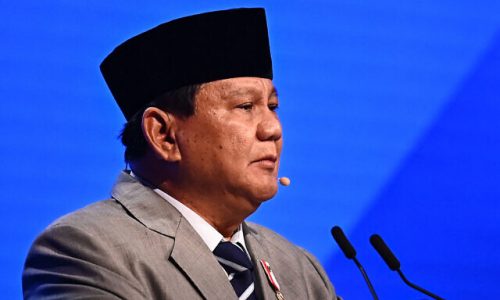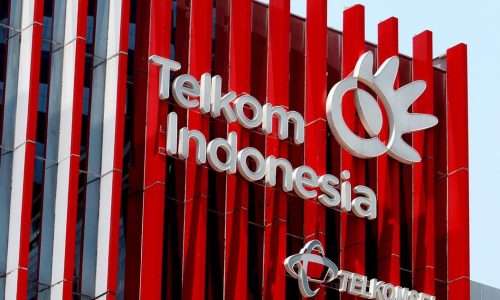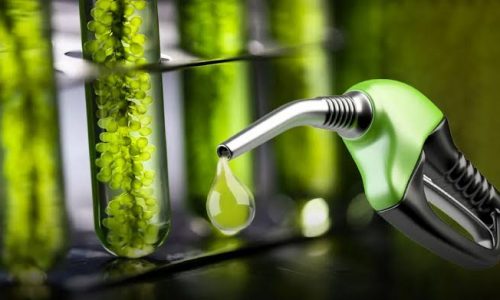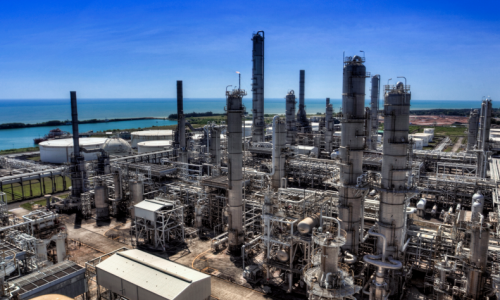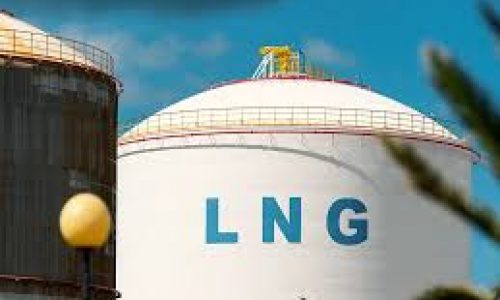PT Argha Karya Prima Industry Tbk (AKPI) sets its Capital expenditure (Capex) at IDR 80 billion to maintain machinery and production facilities for its plastic production.
Established in 1982, AKPI focuses on plastic sector. The company produces and distributes plastics such as flexible film biaxially oriented polypropylene (BOPP), film polyester (PET), film cast polypropylene (CPP), and film polyacrylonitrile. Its facilities are located in Citereup, Bogor regency. The company has a subsidiary, namely the International Resources (H.K.) Ltd. The company owns 98% of the shares.
AKPI upgrades and maintains facilities
In 2023, the AKPI has set its Capex ranging from IDR 65 billion to IDR 80 billion, which will come from the company’s internal cash flow. The company had its Capex at IDR 60 billion as of December 2022, but a significant increase from the actual Capex reached IDR 75 billion during that year.
“The realization of the actual company Capex in 2022 was about IDR 75 billion, and the routine 2023 Capex is about IDR 65 billion until IDR 80 billion,” AKPI Director of Finance Jimmy Tjahjono said on January 5, 2023.
Tjahjono explained that the maintenance of existing machines and equipment would also include upgrading the facilities.
The allocation of the funds will need about US$ 4 million to US$ 5 million for its facility maintenance and upgrades.
For 2023, the company has a total capacity of 147,000 tons per year making AKPI one of the most flexible plastic industry companies in Southeast Asia. AKPI’s famous brands in the market are ARLENE dan ARETA. ARLENE markets the company’s BOPP plastic products, while ARETA is the marketed brand for BOPET plastic or polyethylene terephthalate.
Risks in plastic industry
Currently, the plastics industry has raw material deficiencies and increases in prices. The price increase is believed to hamper the performance of the downstream plastic industry. According to the Olefin, Aromatic and Plastic Industry Association (INAplas), the production capacity utilization remains at 95% for the upstream industry, while for the downstream industry, it only reaches 75-80%.
Apart from that, INAplas Secretary General Fajar Budiono said on December 1, 2021, that the implementation of the public activity restriction (PPKM) level 3 at Christmas and New Year was also a challenge. It is anticipated that the utilization in the downstream industry will also decrease.
“Commodity prices continue to rise so that the prices of their derivative products become expensive,” he added.
Therefore, industry players are now innovating to use alternative materials or reduce product quality so that it can be absorbed by the market.
Accelerating inflation is another problem, which was also driven by the rising raw material and transportation costs. The increasing costs forced companies to pass on the burden to the customers by increasing prices, causing foreign demand to steadily decline and fall for five consecutive months, as well as pressure on input prices and output costs.
On the export side, the increase in commodity prices and the scarcity of containers also resulted in a decrease in orders from abroad.
Imported spare parts of the machinery is another problem, coupled with import activities that are still affected by logistical constraints due to a scarcity of containers.



